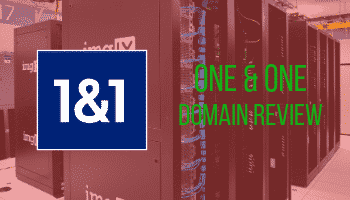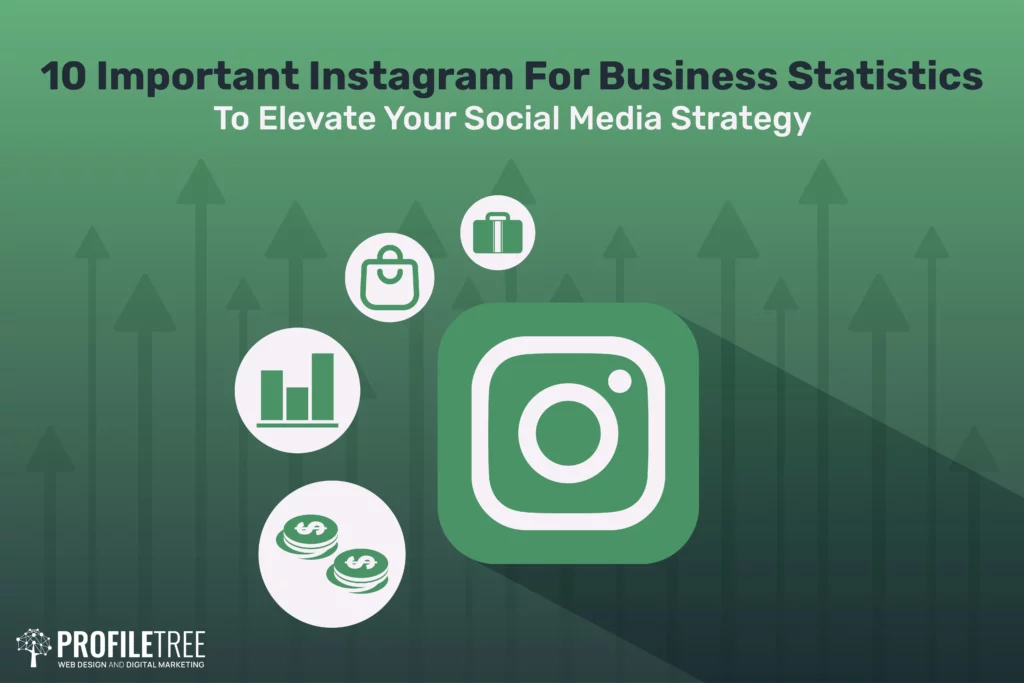Yes you have read that correctly. Emoji Domains! While you don’t often see many emojis in domains, they have been around for quite a while. As a matter of fact they have been around since 2001 when the first emoji domain was bought.
The one problem being back then in 2001, no one could see the brilliant cartoon pictures.
With the rise of emojis since the early 2000’s, people have been using them more and more. But are emoji Domain’s relevant or should people just stick to using the laughing face when they’re texting their friends?
Can emojis be the new hashtag or will they fade out quicker than fidget spinners? Some people may even say hashtags have been short lived but, but they’ve made a lasting impact on the way we communicate and find information online.
Let’s see if emoji domains are a gimmick, or if they have an actual use for businesses.
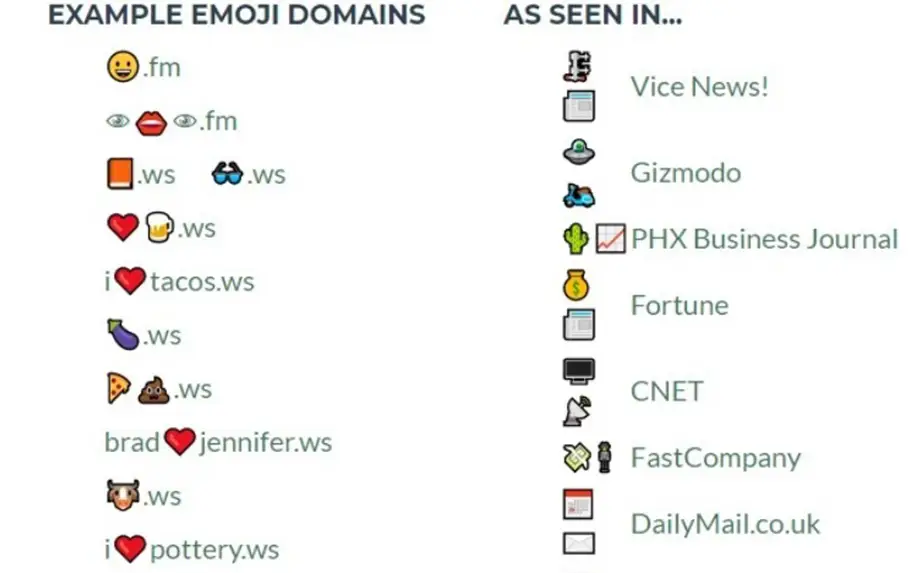
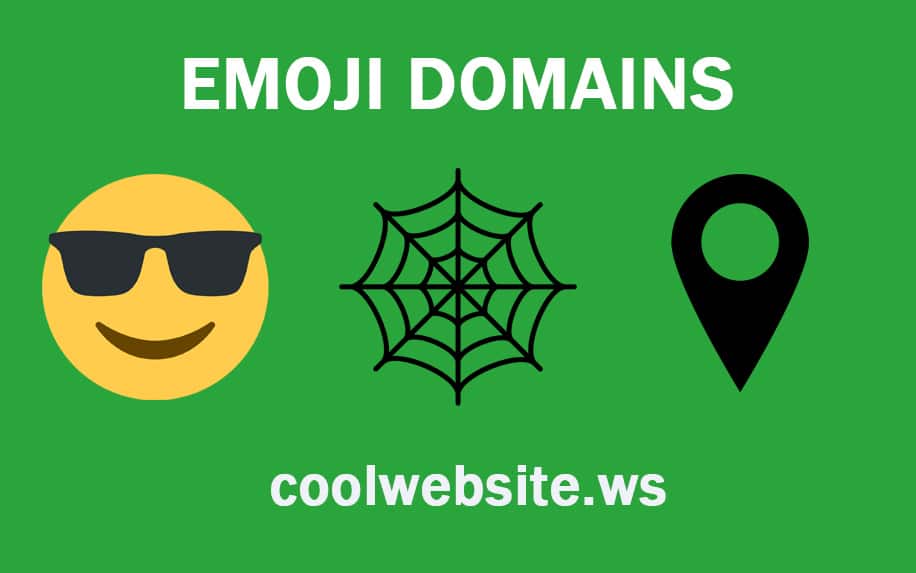
Table of Contents
History of Emojis
The first ever mobile devices which allowed emojis hit the market in 1999. At this time, a Japanese telecoms company released the original 176 cartoon pictures and labelled them emojis.
But why are they called emojis?
Most people assume it’s to do with the word emoticon. Actually, in Japanese, the letter ‘e’ represents the word picture, and the word ‘moji’ is a character. Emoji simply means picture character. Sounds simple now.
When the first emojis were released, they were very simple and neat. No one really knew how to use them properly and since then they have been used to describe how people are feeling and their body language over text.
How do Emoji Domains Work?
Emoji domains work in a very unique way. Every emoji is converted into Unicode, which is the xn code you’ll see the emoji convert into within the address bar.
Emoji domains also use ASCII, which stands for American Standard Code for Information Interchange. This code can only be understood by computers.
Essentially, this converts every letter and character into a string of numbers. Until 2010 this was the only way emoji domains could be registered.
In 2010 algorithms called ToASCII and ToUnicode were developed to translate Unicode into ASCII and vice versa.
A process called Punycode then creates the domain names based on these algorithms. This is why you will see the xn address in the address bar when you search an emoji domain.
Who Creates Emojis?
A non-profit organisation is in charge of defining emoji characters and encoding new emojis into Unicode.
The company is called Unicode Consortium and was founded in 1991. Since 2010 registering emoji domains have become harder as they can only be registered at country code top-level domains and there are only a handful of country codes that allow this.
For example the UK and US top level domains don’t support emojis. Two country codes you can use for emoji domains are as follows:
- .ws (Western Samoa)
- .to (Tonga)
Every few months Unicode Consortium asks for suggestions for new emojis. In March 2018, Emoji 11.0 was released. This brought over 150 new emojis into the world.
New characters with different hair styles were included in the new emoji pack, as well as male and female superheroes. Many animals were included in this including a badger, a peacock, a kangaroo and parrot.
Unique items such as a skateboard, a compass, toilet roll, infinity and a softball were also included.
2016 was the year emoji’s took off, with over 250 emojis being added to the lexicon.
One of the most popular emojis, the rolling around with laughter face was also added in 2016.
Problems with Emoji Domains
As great you might think emoji domains sound, there are plenty of problems to consider. One of the biggest problems is that not all emojis show the same on different devices and browsers.
For instance, some emojis may be quite realistic on some devices, and more cartoonish on others. Examples of this is below;
- Water on iOS is shown as a single tap whereas on Android it is shown as a sign.
- The dizzy face on Apple is shown as a cross-eyed face, whereas on Facebook and Messenger it is shown as spiralled eyes.
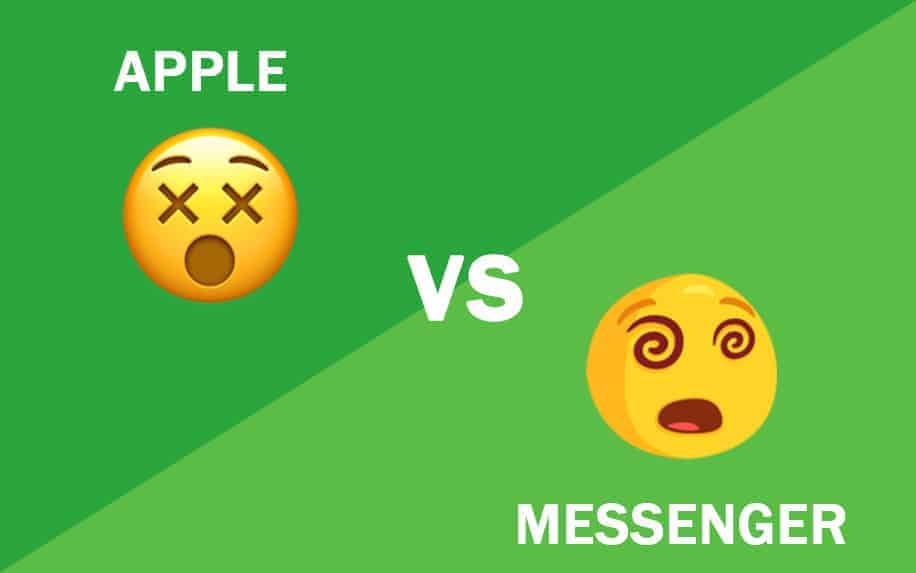
There are also a large number of very similar emojis. This can be quite confusing for users when searching up web addresses/domains. For example, there are at least 6 different grinning faces.
If you used one of these in your domain name, chances are that most users would fail to choose the right one. Then they’re unlikely to find your site.
You may even go onto a different domain by entering the wrong emoji in the bar. As a backup, you’d need to buy all six domains and use redirections to your actual site.
Most human emojis offer a choice of six different skin tones. This again increases the awkwardness when emojis are used for a domain.
Each one of the different skin tones is technically a different emoji.
As you can imagine it might be difficult to find the correct domain. This also means there could be six possible domains from the ‘one’ emoji, which can cause issues when people are trying to reach certain sites.
Another problem emoji domains have is how accessible emojis are. Most devices support devices, but not all users know how to find them.
On desktops to access emojis you will need to find your virtual keyboard. On Windows and MacOS, this is buried within your accessibility settings. Most users won’t even know that it exists.
Getting to the emoji’s on desktop is a task in itself.
Access on mobiles and tablets is still quite difficult too. This is because you need to go onto a separate keyboard to find them. There are hundreds and hundreds of emoji’s so to find the right emoji for you, you will need to go left and right quite a few times.
Because of this, emoji domains will greatly limit your chances of getting any direct or organic traffic. That is, if people don’t know how to type in emojis, they’ll never search for your site.
Will Emoji Domains Ever Take Off?
Emoji domains will probably never be widely used. Firstly registering a domain is difficult, and you can only use a small number of unpopular top level domains. Secondly, emoji domains will hurt your traffic more than helping it.
However, there are still some scenarios where you might use an emoji in your domain.
Emoji domains are a great Easter egg a company can use to increase creativity in their campaigns.
Coca-Cola used an emoji domain once for an advertising campaign and it was successful. They used the smiley face domain, the smiley face being one of the most used emojis.
Other massive companies such as Sony pictures and Budweiser also use emoji domains to redirect to their website, which is great fun and probably the perfect way to use emoji domains.
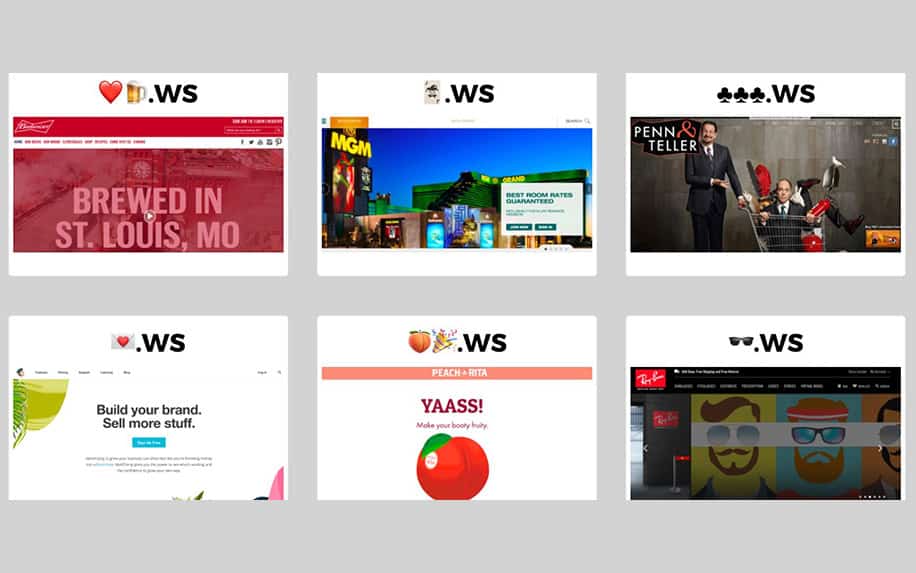
So if there is a future for emoji domains, it will most likely be as a novelty way to redirect campaign traffic to your site. Great fun, eh?
Additional statistics and facts about emoji domain growth could be incorporated:
Market Growth Emoji domains have exploded in popularity over the recent years. According to Verisign, there was a 1,050% increase in emoji domain registrations in 2022 alone. As per Name.com, the total number of emoji domains registered has surpassed 300,000 globally.
Domain industry experts forecast continued rapid adoption of emoji domains with some predicting they will account for 3% of all domains registered within the next 2-3 years.
Popular Emoji Domain Trends When it comes to the most popular emoji domains being registered, icons related to positive sentiments dominate. As per Namecheap’s 2022 registry data:
- 😊 Smiling Face With Smiling Eyes – 7,305 registrations
- ❤️ Red Heart – 6,821 registrations
- 💕 Two Hearts – 2,337 registrations
- 😍 Smiling Face with Heart-Eyes – 1,926 registrations
- 😂 Face with Tears of Joy – 1,701 registrations
These emoji domains conveying joy, love and smiles have found the most traction for small business use cases like bakeries, florists, and creative agencies wanting memorable brands. Even newer emojis like the 🦄 unicorn face saw over 700 domain registrations last year as mythical domains gained adoption.
With domain giants like GoDaddy reporting a rapid rise in emoji domain inquiries in 2023, this trend shows no signs of slowing down. As marketing personalization takes on more visual forms, emoji domains continue firmly mainstream for the foreseeable future.
Are Emoji Domains Relevant?
Overall, emoji domains are probably never going to see widespread use, but they do have strong potential. In particular, they can be used creatively during your marketing campaigns. They are a great alternative to redirect domains to your sites.
Additionally, as emoji domains grow in popularity for marketing campaigns, the demand for them will also grow. For that reason, it makes sense to purchase emoji domains now, with a view to selling them in future.
Promoting and Optimizing Your Emoji Website
While an emoji domain helps your website stand out from the start, further optimizing your site’s branding, content and backlinks takes it to the next level.
Visual Branding Having a consistent emoji theme across your site enhances recognition. Using the emoji from your domain in your logo, graphics, fonts and other branding elements establishes consistency. Just ensure design remains intuitive and readable.
Keyword-Rich Content
Integrate emoji domain keywords naturally within on-page content as well. Writing comprehensive blogs and pages targeting relevant long-tail key phrases leads to better rankings and conversions.
Social Buzz Leverage emoji domains’ viral nature for social media marketing. Create shareworthy visual assets highlighting the emoji so audiences connect it to your brand as they spread posts. Contests and sweepstakes with emoji domains as prizes also work well.
Backlink Building Build links from niche emoji blogs, directories and influencers focusing on the emoji niche. Also guest post on online publications talking about emoji trends relevant to your industry.
Site Speed Fast site speed is vital for all SEO. But with an emoji domain, any performance lag negatively impacts user experience more since expectations run high. Invest in optimizing images, caching, CDNs and other page speed best practices.
Where to Buy Your Emoji Domain: A Guide to Registrars & New Extensions
While emoji domains hold exciting potential, navigating the unfamiliar territory of choosing a registrar and extension can be daunting. Fear not! This section will equip you with the knowledge to confidently secure your unique emoji domain.
Emoji Domain Registrars:
Since traditional registrars often don’t support emojis, here are some reputable services specializing in these quirky domains:
- i❤.ws: Popular with a wide range of extensions and affordable pricing.
- Dot.FM: Offers several familiar extensions with emoji support.
- Register.TO: Boasts a user-friendly interface and various TLD options.
- Namecheap: Recently joined the emoji domain game, offering competitive prices and reliable service.
- Uni.name: Specializes in unique domains, including emojis, at premium prices.
Popular New Domain Extensions:
With numerous TLDs embracing emojis, here are some trending options:
- .fm: Associated with music and creativity, often available with emojis.
- .to: Short and versatile, making it a popular choice for various emojis.
- .ws: Established extension with several emoji choices.
- .ga: Offers unique options at affordable prices.
- .ml: Another budget-friendly extension with decent availability.
Choosing the Right Registrar:
Before diving in, consider these factors when selecting a registrar:
- Price: Compare registration and renewal fees across different services.
- Features: Check for domain management tools, privacy protection, and email forwarding options.
- Customer support: Ensure they offer reliable and responsive customer service.
- Reputation: Look for positive reviews and established businesses.
- Payment methods: Choose a registrar offering secure and convenient payment options.
Additional Tips:
- Think long-term: Choose an extension that aligns with your brand identity and future goals.
- Availability: Research your desired emoji and extension combination for availability.
- Read the fine print: Understand the registrar’s terms and agreements before purchasing.
- Consider future developments: Stay updated on the expanding world of emoji domains and new extensions.
Technical Considerations for Emoji Domains: A Glittering Frontier with Bumps
While emoji domains hold immense potential, their technical considerations paint a slightly nuanced picture. Let’s delve into the “how” and “but” of emoji domains across browsers, devices, social media, and search engines:
Browsers and Devices:
- Rendering: Most modern browsers support emoji domains thanks to Unicode standard adoption. However, older browsers might display squares or question marks instead of emojis.
- Mobile responsiveness: Responsive design is crucial as some older mobile devices have limited emoji support. Test thoroughly across various platforms and screen sizes.
- Copy-pasting: Be aware that copy-pasting emoji domains from social media or messaging apps might replace emojis with text descriptions.
Social Media and Search Engines:
- Display: While major platforms like Facebook and Twitter generally display emojis correctly, their integration might not be seamless. Expect variations in size and position.
- Search engine optimization: Search engines like Google can understand and index emoji domains, but keyword targeting strategies might require adjustments. Prioritize text-based keywords alongside relevant emojis.
- Sharing: Sharing emoji domains on social media can be tricky. Some platforms convert them to plain text links, potentially impacting click-through rates.
Potential Limitations:
- Character restrictions: Some platforms have character limitations, potentially cutting off your emoji or impacting functionality.
- Security concerns: Emoji domains might be more susceptible to phishing attacks due to their visual similarity. Exercise caution and educate users.
- Accessibility: Users with visual impairments or screen readers might face challenges deciphering emoji domains. Consider alternative descriptions or text representations.
- Future-proofing: The long-term stability and support for emoji domains across platforms and technologies remain uncertain.
Recommendations:
- Test thoroughly: Test your emoji domain across various browsers, devices, and platforms to ensure optimal functionality and display.
- Provide context: Offer text alternatives or descriptions alongside your emoji domain for wider accessibility and clarity.
- Stay updated: Keep yourself informed about the evolving landscape of emoji domain support and limitations.
- Use responsibly: Consider the potential drawbacks and limitations before fully committing to an emoji domain for your brand.
FAQ
Are emoji domains SEO-friendly?
Emoji domains can rank well in SEO if optimized properly. Include emoji keywords in content, improve site speed, and build relevant backlinks. Validate markup to avoid crawler issues.
What are some creative uses for emoji domains?
Emoji domains work for blogs, small businesses, artists and creators building a personal brand around a particular emoji that matches their identity or niche.
Do emoji domains work with site builders?
Most website builders like Wix, WordPress.com, and Squarespace allow emoji domains to be connected. But some legacy platforms have compatibility issues so check provider guidelines.
Are emoji domains more expensive?
Most domain providers charge the same rates for emoji domains as regular TLDs. But aftermarket platforms may have higher prices for popular or premium emojis. Newer emojis tend to cost less.
Conclusion
Emoji domains represent an emerging opportunity for brands to build memorable identities that resonate with modern audiences. As emoji usage continues to grow globally, they enable websites to stand out while conveying certain emotional sentiments.
However, simply registering your desired emoji domain isn’t enough. You need to optimize and promote your emoji website for maximum impact as per the tips covered in this guide.
Used strategically with compelling visual branding and content, emoji domains can drive meaningful engagement levels and conversions exceeding expectations. Just ensure the emoji aligns with your brand identity and target demographics.
So whether you want to evoke joy, trust, or passion with a emoji domain, the possibilities are endless for those thinking beyond the norm.
